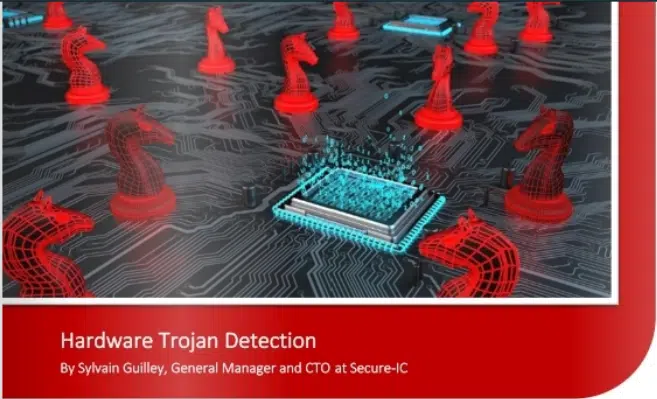U.S. Media “Cyber Defense E-Magazine” publishes Secure-IC’s insight on Hardware Trojans Detection

With the emergence of the electronic industry and the important technological advances, it has become vital to protect each and every object that can be attacked. In this sense, being able to detect and deal with Trojans is of paramount importance today.
Cyber Defense Magazine is first and foremost a team of professionals whose mission is to share knowledge, highlight the best ideas, products or services in the technology industry. The objective is to transmit information that can enlighten professionals and amateurs in the field of technology. With the emergence of all these technologies, they choose to expose the most innovative companies by offering a dedicated article.
Cyber Defense E-Magazine has chosen to publish an article written by Secure-IC on how to detect Hardware Trojans
Actually, it is very difficult to detect and deal with Hardware Trojans, as there are many of them. Moreover, they are able to hide in a chip or in the chip’s processor, which makes the task even more difficult.
“Trojans can also be implanted at different phases, from the specification phase to the assembly and packaging phase.”
“A Trojan is often defined as malware disguised as legitimate software.” Trojans can have different purposes such as changing the functionality of a chip or degrading its performance. While others will simply leak information or some are intended to deny it.
How to deal with hardware Trojans?
There are different ways to deal with Trojan attacks. One of them is the REACTIVE WAY which includes Analog Detection method which allows to “detect abnormal behavior of the system in the pre-and post-silicon stages.”
Another method consists in Hardware Assertions meaning “identifying some high-level and critical behavioral invariants by checking them while the circuit is running.”
Finally, the Sensors method which consists of “preventing an attacker from performing active attacks where he tries to disrupt the normal behavior of the system.”
Another possible approach is called PROACTIVE WAY when malicious hardware in the system are already known. It includes Machine Learning which is a very interesting tool because of its ability to aggregate data and help us better understand hardware Trojans. Moreover, it is able to generate various and complex models and to make decisions based on these models.
Another method is the Cyber Escort Unit to protect “the CPU by mitigating vulnerabilities and attacks on code execution or integrity induced by software code bugs, malicious activity, or sloppy performance.”
Finally, the Encoded Circuit Method comes from the observation that all integrated circuits are made of two distinct parts such as the combinational and sequential part.
Read the complete article online on Cyber Defense E-Magazine
